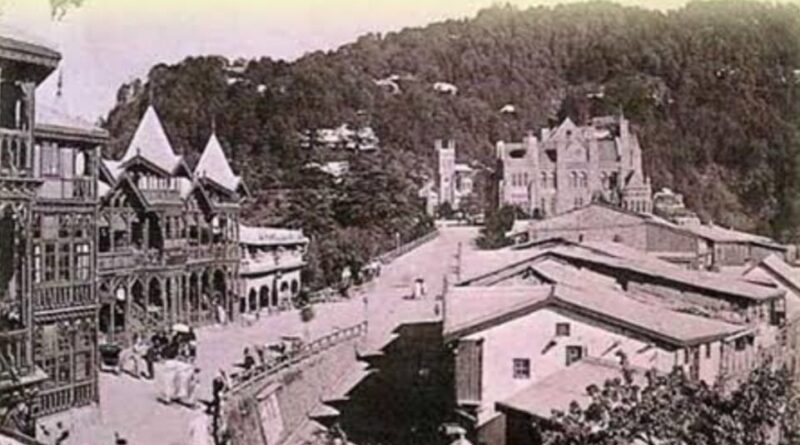Shimla: A Journey Through History
Nestled amidst the majestic Himalayas, Shimla, the capital of Himachal Pradesh, boasts a rich history intertwined with colonial influence and scenic beauty. Its name, believed to be derived from the Hindu goddess Shyamala Devi, translates to ‘the blue house,’ hinting at its spiritual roots. However, Shimla’s rise to prominence unfolded in the 19th century, shaped by the hands of the British Raj.
Prior to 1815, the area was primarily dense forest with a few scattered settlements and the revered Jakhu Temple. The Anglo-Nepalese War (1814-16) marked a turning point. The British East India Company, victorious over the Gurkhas, acquired the region through the Sugauli Treaty. The cool climate, a welcome respite from the scorching Indian plains, attracted British officials. Charles Pratt Kennedy, a Scottish civil servant, constructed the first British summer home in 1822, laying the foundation for Shimla’s colonial transformation.
The British found Shimla’s remoteness and pleasant weather ideal for establishing a summer capital. By 1864, Shimla was officially declared the summer seat of the Government of India. This period witnessed a rapid transformation. Colonial-style buildings mushroomed, replacing the dense forests. Grand structures like the Viceregal Lodge (now the Indian Institute of Advanced Study) and the Gaiety Theatre emerged, reflecting Victorian architectural influences. A network of roads and the iconic Kalka-Shimla Railway, a UNESCO World Heritage Site, were built to connect Shimla to the plains below.
Shimla during the British Raj wasn’t just a seat of power; it became a social hub. Viceroys and their families, along with British officials and their entourages, flocked to the hill station during the summer months. Shimla transformed into a microcosm of British life in India, with all its customs and social hierarchies. Polo grounds, golf courses, and social gatherings became prominent features, creating a distinct Anglo-Indian culture.
However, Shimla’s colonial legacy wasn’t without its dark side. The displacement of local inhabitants and the exploitation of resources for rapid development were significant concerns. The focus on catering to the British elite often overshadowed the needs of the local population.
Following India’s independence in 1947, Shimla’s role transformed once more. Initially, it became the capital of Punjab before assuming the mantle of Himachal Pradesh’s capital in 1971. The colonial structures remained, serving as a reminder of the past while the city evolved into a center of administration and tourism.
Today, Shimla stands as a unique blend of history and nature. Tourists throng to the city to experience the remnants of the colonial era, evident in the architecture, churches, and the famous Ridge, a pedestrian promenade offering breathtaking Himalayan vistas. The Mall Road, a bustling marketplace lined with shops and restaurants, retains its colonial charm.
Shimla also offers a glimpse into the vibrant culture of Himachal Pradesh. The bustling bazaars, traditional Himachali fairs, and ancient temples showcase the region’s rich heritage. Visitors can indulge in adventure activities like trekking, rafting, and mountain biking, amidst the stunning Himalayan backdrop.
Shimla’s journey, from a quiet hill station to a bustling capital city, reflects the Indian subcontinent’s complex history. It’s a place where colonial echoes mingle with the vibrant spirit of Himachal Pradesh, offering a captivating experience for travelers seeking a unique blend of history, nature, and culture.



